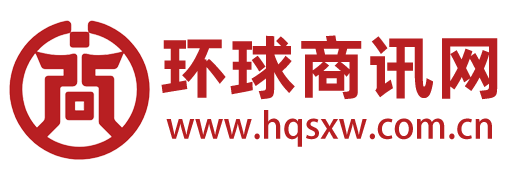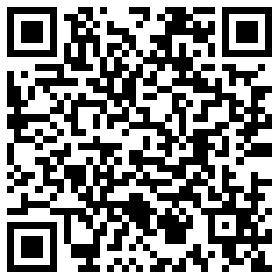Title: Depreciation Methods in Business Operations
Slide 1: Introduction
* Definition of Depreciation: The gradual decrease in the value of an asset over its useful life due to wear and tear, obsolescence, or other factors.
* Importance of Depreciation: Helps businesses accurately reflect the value of their assets, affects profit and loss statements, and influences tax calculations.
Slide 2: Types of Depreciation Methods
* Straight-Line Method
* Workload Method
* Double Declining Balance Method
* Sum of the Years’ Digits Method
Slide 3: Straight-Line Method
* Description: The asset’s cost is evenly distributed over its useful life.
* Formula: (Cost – Residual Value) / Useful Life
* Advantages: Simple and easy to apply, provides a constant depreciation expense over the asset’s life.
* Disadvantages: May not accurately reflect the asset’s actual usage or value decline.
Slide 4: Workload Method
* Description: Depreciation is based on the asset’s actual usage or output.
* Formula: (Cost – Residual Value) / Estimated Total Workload
* Advantages: More accurate for assets with varying usage patterns, such as machinery or vehicles.
* Disadvantages: Requires accurate tracking of asset usage, which can be challenging.
Slide 5: Double Declining Balance Method
* Description: An accelerated depreciation method where the depreciation expense declines over the asset’s useful life.
* Formula: (Asset’s Book Value at Beginning of Year) x (2 / Useful Life)
* Advantages: Reflects the higher value loss in early years, suitable for assets with rapid technological obsolescence.
* Disadvantages: Can result in a lower asset value on the balance sheet in later years.
Slide 6: Sum of the Years’ Digits Method
* Description: Another accelerated depreciation method that assigns a higher depreciation expense in the earlier years of the asset’s life.
* Formula: (Remaining Useful Life / Sum of the Years’ Digits) x (Cost – Residual Value)
* Advantages: Provides a more realistic depreciation pattern for certain assets.
* Disadvantages: Complex calculation compared to other methods.
Slide 7: Factors to Consider in Choosing a Depreciation Method
* Type of asset and its usage pattern
* Business objectives and financial reporting requirements
* Tax considerations
* Industry standards and practices
Slide 8: Conclusion
* The choice of depreciation method can significantly affect a business’s financial statements and tax obligations.
* It is important to carefully evaluate the suitable depreciation method for each asset based on its characteristics and the business’s specific needs.
* Regular review and adjustment of depreciation methods may be necessary to ensure their relevance and accuracy over time.








